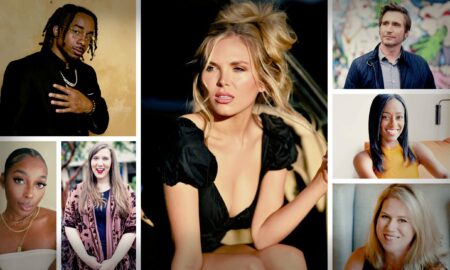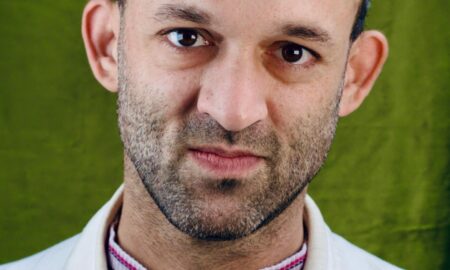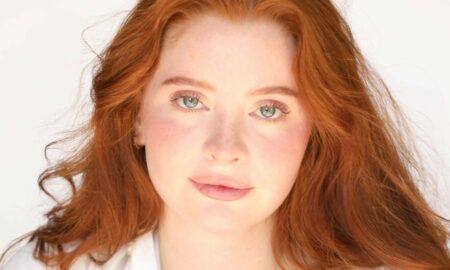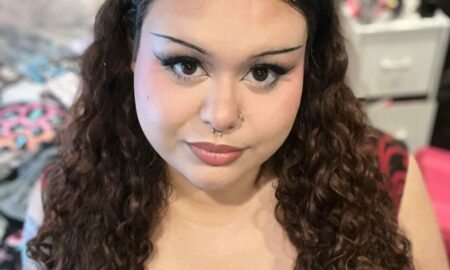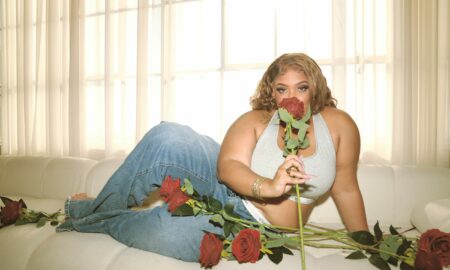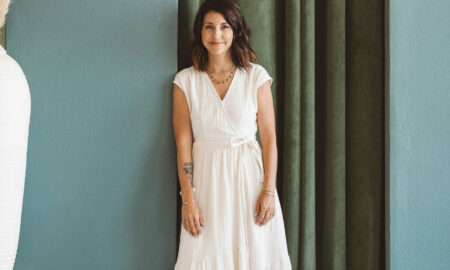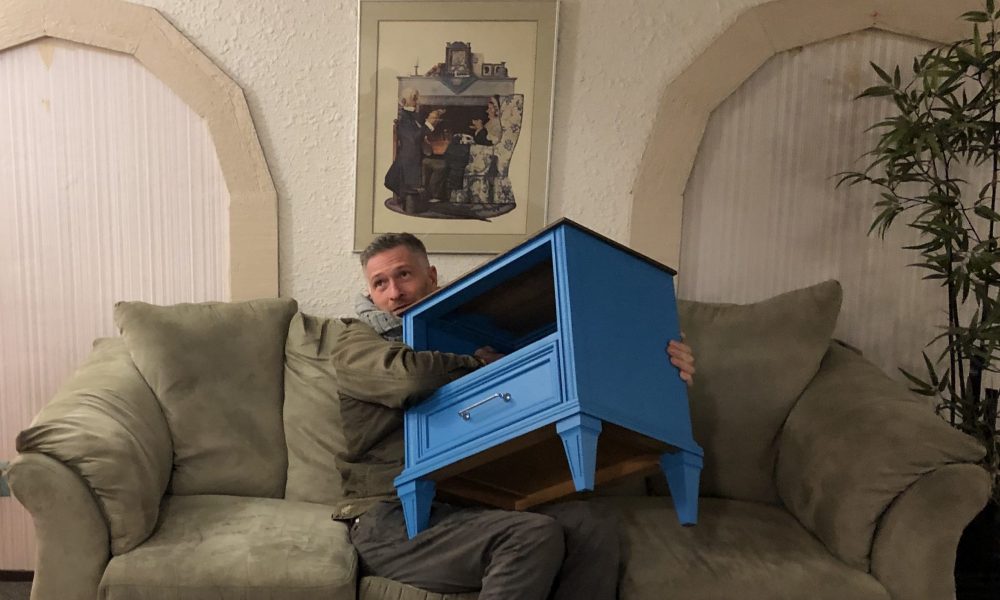

Today we’d like to introduce you to Mark von Rosenstiel.
Mark, please kick things off for us by telling us about yourself and your journey so far.
Ever since I can remember, I’ve been interested in mathematics and sculpture. They’ve been the two frameworks of expression that make it easiest for me to relate to the world: one deals with relationships between abstracted objects and the other deals with objects abstracting relationships; two sides of the same coin. I didn’t see these two loves as being relatable until I was much older: in fact, I struggled all the way up to my sophomore year in college before it clicked that I didn’t have to jump willy-nilly back and forth in my brain to create some representation of the world.
I never pursued an MFA and always felt a little outside of the art world because of that, but through connections in the architecture/design world I feel like I’ve been art world adjacent and found opportunities to explore my process in a public space. I’ve always been a bit of a late bloomer and I think this applies to my comfort in being an artist, in that it took until my early 30’s to feel like I got into the rhythm of not only knowing what defined my process, but also understanding how to apply and explore that process in some viable feedback loop. This period was highlighted by a healthy engagement with residencies around the world balanced with commissioned work for large private spaces, which all started from a failed application for a Fulbright that lead me to a gallery exhibition in Bangkok and from there things sort of just kept following each other: it’s funny how things go.
All of this is to say, I guess, in an overly verbose way, that it took a bit of time to find a path to show/pursue my art in a sustainable way.
Can you give our readers some background on your art?
I make objects that ask questions about how we create narrative with ourselves and our environment. I’m interested in the way we place parts of ourselves in the objects in our lives, which then turn around and engender change and growth in us on an individual level: we give birth to things that then turn around and give birth to parts of us. Objects of a technological nature, like a pencil, we created so we didn’t have to use our memories as much. In the same vein a sculpture is a tool to unload an internal part of Self, which once externalized gives the possibility to create new dimensions within the Self and the Self’s relationship to its environment: new narrative structures to explore new parts of Self. A win-win!
In practice this means creating objects that seem to have their own internal, personal history which through some interaction with the viewer forms a time sensitive relationship. I think this created space feels a bit like the middle of a story where even though you can still see the beginning of the story, and have a sensation of the end, the space has an uncountable set of possibilities.
I guess that’s a pretty dense way to say that I like to make an object that feels like a person you want to sit down and have coffee with; maybe you start with what feels like simple small talk, but suddenly you are both talking about something that is undeniably made of substance.
A purely physical description would be: I make large, interactive works from minimally worked materials that have kinetic and technological components.
How do you think about success, as an artist, and what do quality do you feel is most helpful?
This is a really important question and the one where my answer changes yearly, if not weekly. I’m currently working on a book/catalogue of my work from 2013-2018 titled “how to become a failed artist in 5 years”. The title is obviously a little tongue in cheek, but also has truth to it. I think a lot of being an artist is coming up with a set of questions/constructions that can explore/encapsulate some set of processes and then following these questions/constructions until they don’t work anymore: I outgrow them or realize they are no longer valid. I guess the cliché is to find a way to grow from failure, but I think it’s more than that: it’s about digging to find simple/fundamental ways to address my place in the world.
For me, being an artist has always been about minimizing the distance between purpose and meaning, so I find success in the days where this is most true. I think success is a lot like happiness, where thinking of the end goal — success (or happiness) — won’t really get me to that goal unless I can find values that I truly believe in that make up that goal. If I don’t fully believe in the values, I’m shit out of luck. I’m just seeing that this answer gets all wrapped up in: stick to processes and try not to focus on goals.
What’s the best way for someone to check out your work and provide support?
Right now I’m creating a large kinetic/sound work for a space out in Utah and preparing these works that I’m calling “modular semi-usable measuring devices” for some work in collaboration with TU Dresden: anyone in Utah or Germany should drop me a line and ask for details! Otherwise people should come drop by Unit C in East LA if they are in the neighborhood. I love company, although I don’t have much to offer in the way of milk and cookies. Just good company and art.
I’m always looking for ways to collaborate with people that have interesting spaces available and if people just want to fork over hard cold cash and want something to show for it, they can buy one of my paintings which I churn out as a way to keep my mind a bit calmer and is a medium that lets me think about form in a meditative way.
Contact Info:
- Address: 3011 E Pico Blvd
LA, CA 90023 - Website: www.markvonrosenstiel.com
- Phone: +1 206 819 5197
- Email: [email protected]
- Other: journal.markvonrosenstiel.com






 Image Credit:
Image Credit:
All work photos by me, except image of woman in front of line drawing wall which is by Joe Iano. Gillian Manson-hing Staples credited with personal photo.
Suggest a story: VoyageLA is built on recommendations from the community; it’s how we uncover hidden gems, so if you or someone you know deserves recognition please let us know here.

